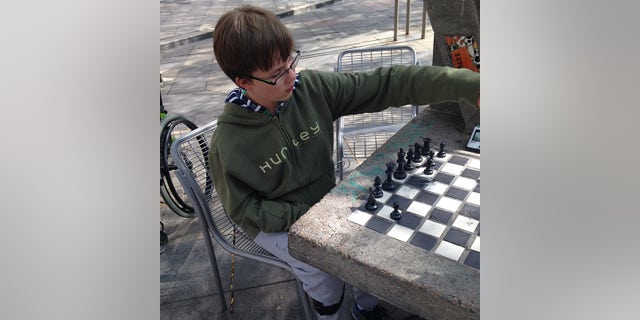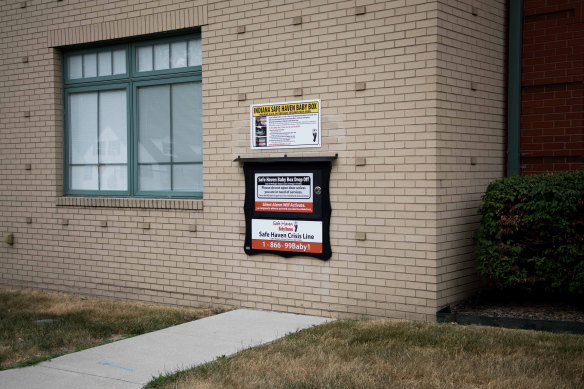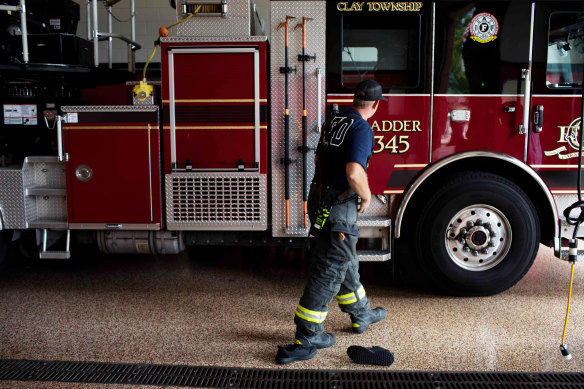August 06, 2022
By Todd Prince

As the United States and Russia prepare to discuss a prisoner swap just days after Moscow sentenced a U.S. women’s basketball star to nine years in prison on drug smuggling charges, much remains unclear about who could be freed.
Speaking separately at an Asia conference in Cambodia on August 5, U.S. Secretary of State Antony Blinken and his Russian counterpart, Foreign Minister Sergei Lavrov, confirmed that they were ready to pursue swap talks though they gave no further details.
Late last month, Blinken said the United States had made a "substantial offer" to Russia for the release of basketball player Brittney Griner and Paul Whelan, a former U.S. Marine who is serving a 16-year prison sentence in Russia on espionage charges that he denies.
The United States claims that the two jailed Americans are political pawns being used by Moscow amid a deteriorating bilateral relationship.
U.S. media reported last week that the White House had offered to swap Russian arms trader Viktor Bout, who is serving a 25-year sentence, for the two Americans. Moscow has been seeking Bout’s release for years.
However, Russia holds at least two other U.S. individuals on controversial grounds and experts do not exclude a swap involving more prisoners.

SEE ALSO:
Russia, U.S. Say They're Ready For Talks On Prisoner Swap After Griner Sentenced
The problem for the Kremlin may lie in deciding whom to choose among the dozens of Russian individuals serving time in U.S. jails in connection with serious crimes.
Over the past decade, the United States has sentenced dozens of Russian individuals to prison terms on money-laundering, hacking, and ransomware charges.
Some of the hackers are high profile individuals of interest to the Kremlin and could be part of a swap, said Arkady Bukh, a U.S.-based defense lawyer who represents Russian-speaking clients.
Many of them had been arrested in third countries on U.S. warrants and later extradited to the United States, prompting Moscow to accuse Washington of “hunting” its citizens around the world.
The United States has claimed that Russia does not take action against its own citizens committing cybercrimes against foreign countries.
Russia has filed competing extradition requests to block their citizens from falling into the hands of the United States though it has lost in most cases.
The harsh sentences handed down by Russian courts to U.S. citizens for minor crimes, such as possession of marijuana, may be retribution by Moscow for those arrests.
Russia’s courts are not independent with the state calling the shots on high-profile cases, experts say.
Moscow and Washington have carried out swaps involving diplomats and spies over the decades, but exchanges of individuals convicted of criminal activity is unusual, Bukh said.
Earlier this year, the Biden administration agreed to swap Konstantin Yaroshenko, a pilot from Russia who was sentenced in 2011 to 20 years in prison for conspiring to smuggle cocaine into the United States, for Trevor Reed, a former U.S. Marine who was imprisoned in Russia for nearly three years on charges of assaulting two police officers.
Below is a list of Russian and U.S. individuals who could be involved in another potential prisoner swap.
Victor Bout

Viktor Bout, 55, is serving a 25-year sentence in the United States for conspiring to sell weapons to a Colombian terrorist group. The U.S. accused Bout, a pilot, of running an international arms-trafficking network that supplied a wide-range of clients from the Taliban to Liberian warlord Charles Taylor.
He was arrested in Thailand in 2008 at the behest of the United States and convicted by a U.S. court in 2011. Russian authorities complained that he was arrested illegally by U.S. agents in Thailand and fought to have him extradited back home. A former Soviet military officer, Bout had served in Angola, where he is alleged to have worked for the KGB.
Roman Seleznyov

Roman Seleznyov, the son of Valery Seleznyov -- a member of Russia's lower house of parliament and an outspoken critic of U.S. policies -- is serving a 27-year sentence for various cybercrimes, including selling stolen U.S. credit card data. Seleznyov, 38, was arrested by U.S. authorities in 2014 at an airport in the Maldives and quickly taken to the U.S. territory of Guam, sparking accusations by Moscow that he was kidnapped.
U.S. investigators uncovered Seleznyov’s online activities in the late 2000s and asked Russia’s Federal Security Service (FSB) for help. Seleznyov’s online footprint soon disappeared, leading U.S. investigators to believe Russia was protecting him. Seleznyov (listed as Roman V. Seleznev in U.S. court papers) received one of the harshest sentences ever handed down to a Russian hacker because he chose to fight his case despite a preponderance of evidence rather than cooperate.
Vladislav Klyushin
Vladislav Klyushin, 41, was arrested in Switzerland on March 21, 2021, on charges of stealing insider information and using it to make a fortune. He was extradited to the United States on December 18. Klyushin is accused of being part of a group that hacked into networks to steal sensitive corporate data and use the information to trade stocks.
The group is thought to have made a total of $82 million over a two-year period from 2018 to 2020. The other members of the group remain at large. One of them is a former officer in the Russian Main Intelligence Directorate, known as the GRU, who was previously charged in July 2018 for his alleged role in a Russian effort to meddle in the 2016 U.S. elections.
Klyushin owned M-13, a Russian company that offers media-monitoring and cybersecurity services, and is believed to have Kremlin ties. His company provided IT solutions that were used by the Russian president, federal ministries and departments as well as regional state executive bodies.
Aleksandr Vinnik

Aleksandr Vinnik, 43, who is also known as Mr. Bitcoin, was extradited to the United States on August 5 to face money-laundering charges. Vinnik allegedly owned and operated BTC-e, one of the world’s largest digital-currency exchanges. The United States claims that BTC-e was used extensively by cybercriminals worldwide to launder money because it did not require users to validate their identity, obscured and anonymized transactions and sources of funds, and lacked any due diligence processes.
Vinnik was arrested on a U.S. warrant in 2017 on a Greek beach while vacationing with his family. However, he was initially extradited to France to face separate money-laundering charges and sentenced to five years in prison. He was released from a French prison on August 4 but immediately sent back to Greece, which had requested his return so it could execute the original U.S. warrant. If convicted by a U.S. court, Vinnik faces up to 20 years in prison.
The timing of Vinnik's transfer to the United States coincided with the sentencing of Griner, giving rise to speculation he may be used in a possible prisoner swap.
Denis Dubnikov
Denis Dubnikov, 29, was detained last year in the Netherlands at the request of the United States for allegedly laundering cryptocurrency tied to a notorious ransomware gang and could soon be extradited. Dubnikov flew to Mexico in November for a vacation and was denied entry. Instead of being put on a plane back to Russia, he was sent to the Netherlands, where he was detained upon arrival. The Netherlands has historically approved extraditions to the United States.
Dubnikov, who co-owns small crypto-exchanges, allegedly received hundreds of thousands of dollars' worth of digital currency from Ryuk, a ransomware gang believed to have extracted tens of millions in ransoms, including from U.S. victims. Dubnikov denied the charges, saying at the time through his lawyer that he did not know the source of the money that the United States alleges came from ransomware payments.
Dubnikov's arrest has been called one of U.S. law enforcement's first potential blows to the Ryuk gang, which is suspected of being behind a rash of cyberattacks on U.S. health-care organizations. The Wall Street Journal said that Ryuk took in more than $100 million in ransom payments last year.
Brittney Griner

Brittney Griner, 31, was arrested at Moscow’s Sheremetyevo International Airport in in February for possessing vape cartridges containing cannabis oil, which is illegal in Russia. Griner, a star for the Phoenix Mercury in the United States, plays for a basketball team in Russia during the off-season of the Women's National Basketball Association (WNBA). She pleaded guilty to possessing the cartridges but claimed she did not intend to violate Russian law. Her nine-year sentence was not extreme by Russian standards, experts have said.
Paul Whelan

Paul Whelan, 52, a Michigan-based corporate security executive, was arrested in December 2018 on espionage charges while visiting Moscow for a friend's wedding. Russia claimed Whelan was caught with a computer flash drive containing classified information. Whelan, who holds U.S., British, Canadian, and Irish citizenship, said he was set up in a sting operation and had thought the drive, given to him by a Russian acquaintance, contained vacation photos. In June 2020, he was found guilty and sentenced to 16 years of "hard labor" in a Russian prison. The U.S. government said Russia produced no evidence to prove Whelan’s guilt during a trial that it called a mockery of justice.
David Barnes
David Barnes, 65, a Texas resident, was arrested by Russian authorities in Moscow in January 2022 on charges of abusing his children in the United States. Barnes traveled to Moscow in December 2021 to win the right to either see his children or bring them back home. Barnes ex-wife, Svetlana Koptyaeva, fled to Russia with the children in 2019 amid divorce and custody proceedings.
A Texas court in 2020 awarded Barnes custody of the children and Koptyaeva is now wanted by the United States on charges of interfering with child custody. Koptyaeva had accused Barnes of child abuse but a 2018 investigation by the Department of Family and Protective Services did not find sufficient evidence to support such a conclusion and closed the case without filing any charges.
Marc Fogel
Marc Fogel, a 60-year-old English teacher, was arrested in an airport in Moscow in 2021 for carrying about half an ounce of medical marijuana. He was sentenced to 14 years in a penal colony after prosecutors claimed he intended to sell the drugs to his students.
Fogel had been teaching for nearly a decade at the Anglo-American School in Moscow, a prestigious fee-paying primary school that had been established by the U.S., Canadian and British embassies. Fogel, who had surgeries on his back, shoulder, and knee, said he began to use medical marijuana while in the United States on summer break to cope with pain and tried to bring some of it back to Russia, where it is illegal.
Todd Prince is a senior correspondent for RFE/RL based in Washington, D.C. He lived in Russia from 1999 to 2016, working as a reporter for Bloomberg News and an investment adviser for Merrill Lynch. He has traveled extensively around Russia, Ukraine, and Central Asia.
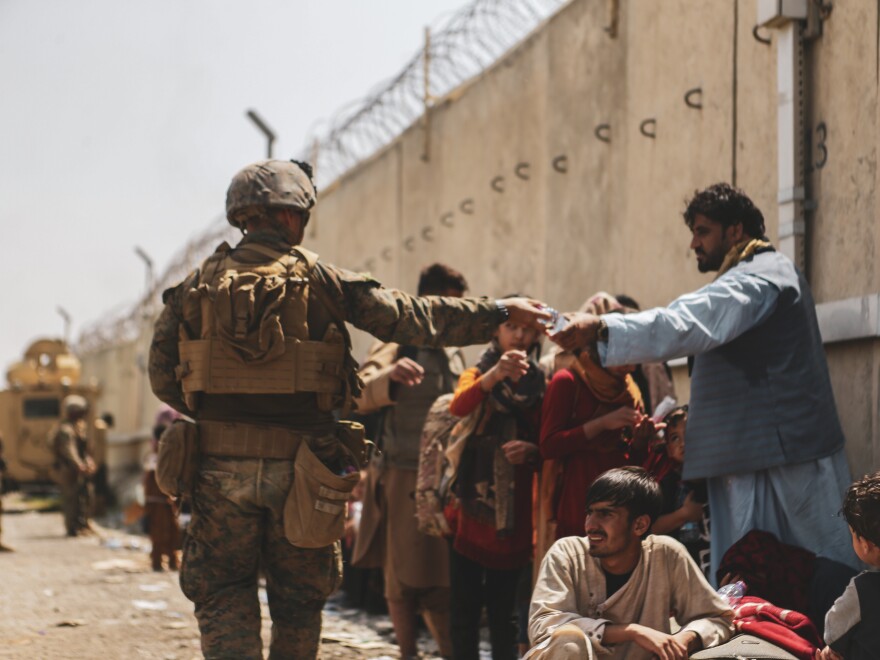




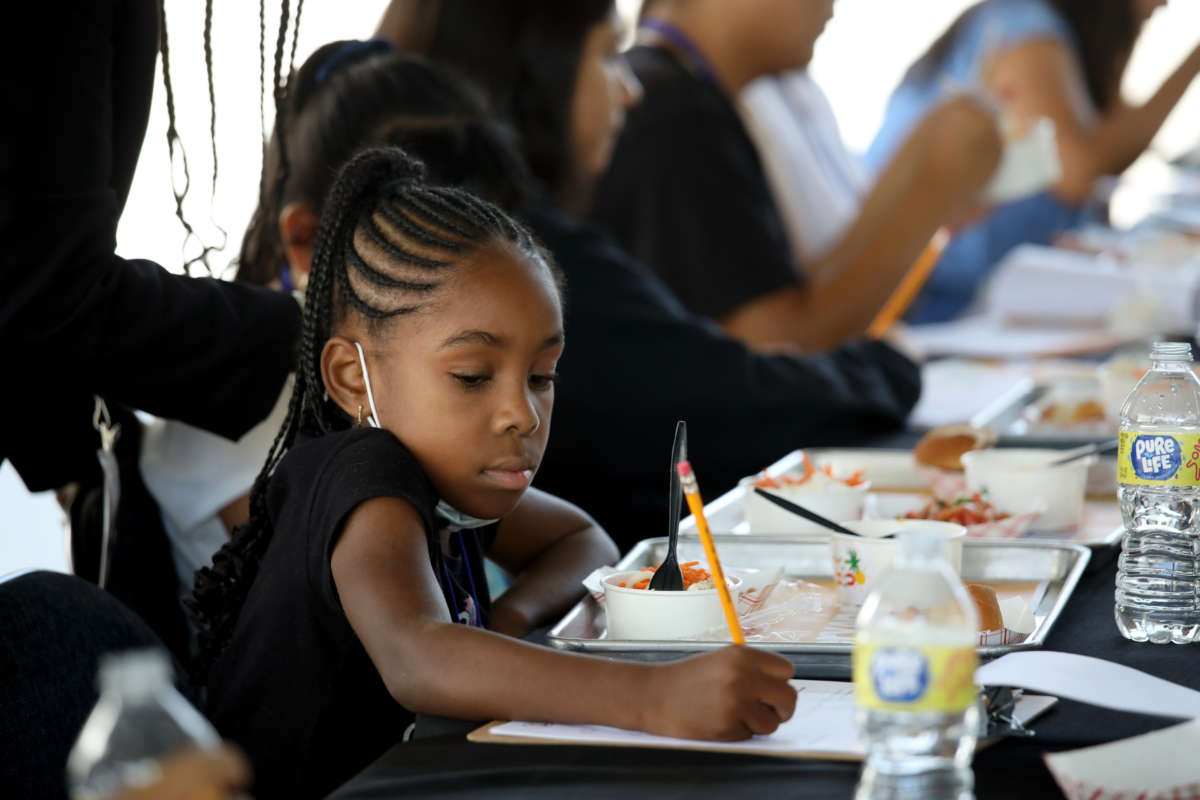

.jpg)
:quality(70)/cloudfront-eu-central-1.images.arcpublishing.com/thenational/6VCO4EPNINECNMWBSWBED3DCJM.jpg)
:quality(70)/cloudfront-eu-central-1.images.arcpublishing.com/thenational/2NXNRMSMWFBEDNAG75VTJVQICE.jpg)
:quality(70)/cloudfront-eu-central-1.images.arcpublishing.com/thenational/JXISI53FSBL4Q5V2O7MPPYYCQU.jpg)
:quality(70)/cloudfront-eu-central-1.images.arcpublishing.com/thenational/FIW4KHYJ25GOFDWAWJY3NRQJG4.jpg)
:quality(70)/cloudfront-eu-central-1.images.arcpublishing.com/thenational/CA22G53GSHQE23XRSFJM7AFTNU.jpg)
:quality(70)/cloudfront-eu-central-1.images.arcpublishing.com/thenational/FX3L3LHTWPNWL54GPDW5ZWVBJA.jpg)
:quality(70)/cloudfront-eu-central-1.images.arcpublishing.com/thenational/UOIQNZG4GVE3TCLYWZJ7N7TCN4.jpg)
:quality(70)/cloudfront-eu-central-1.images.arcpublishing.com/thenational/NXSXU242RHPFXFSX4RJZEB23QI.jpg)
:quality(70)/cloudfront-eu-central-1.images.arcpublishing.com/thenational/RGXA6F3TUWXGS6T4BEPAFY6WL4.jpg)
:quality(70)/cloudfront-eu-central-1.images.arcpublishing.com/thenational/QJCVUSM2TRFTRPRYPFBMCUTOFI.jpg)




.jpg)



